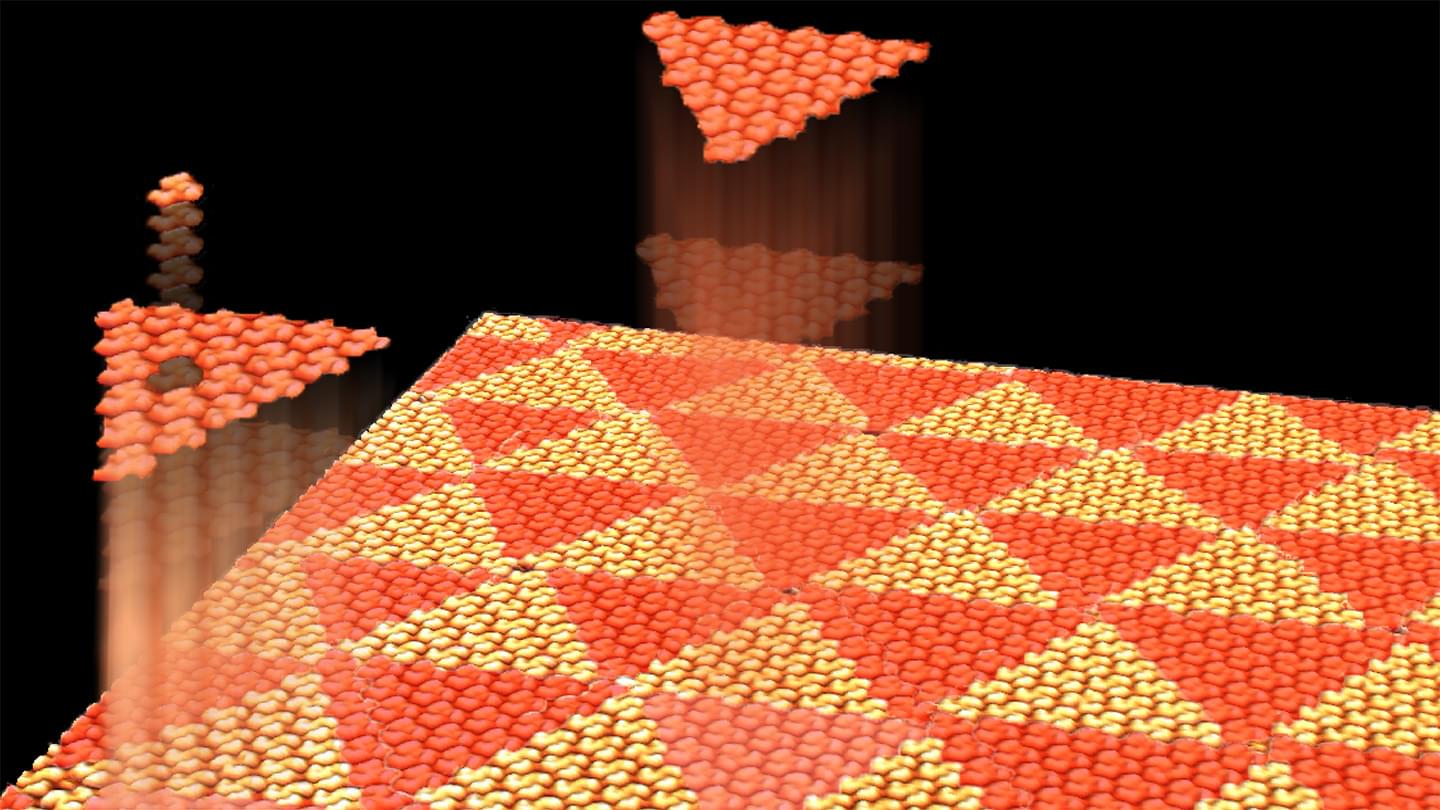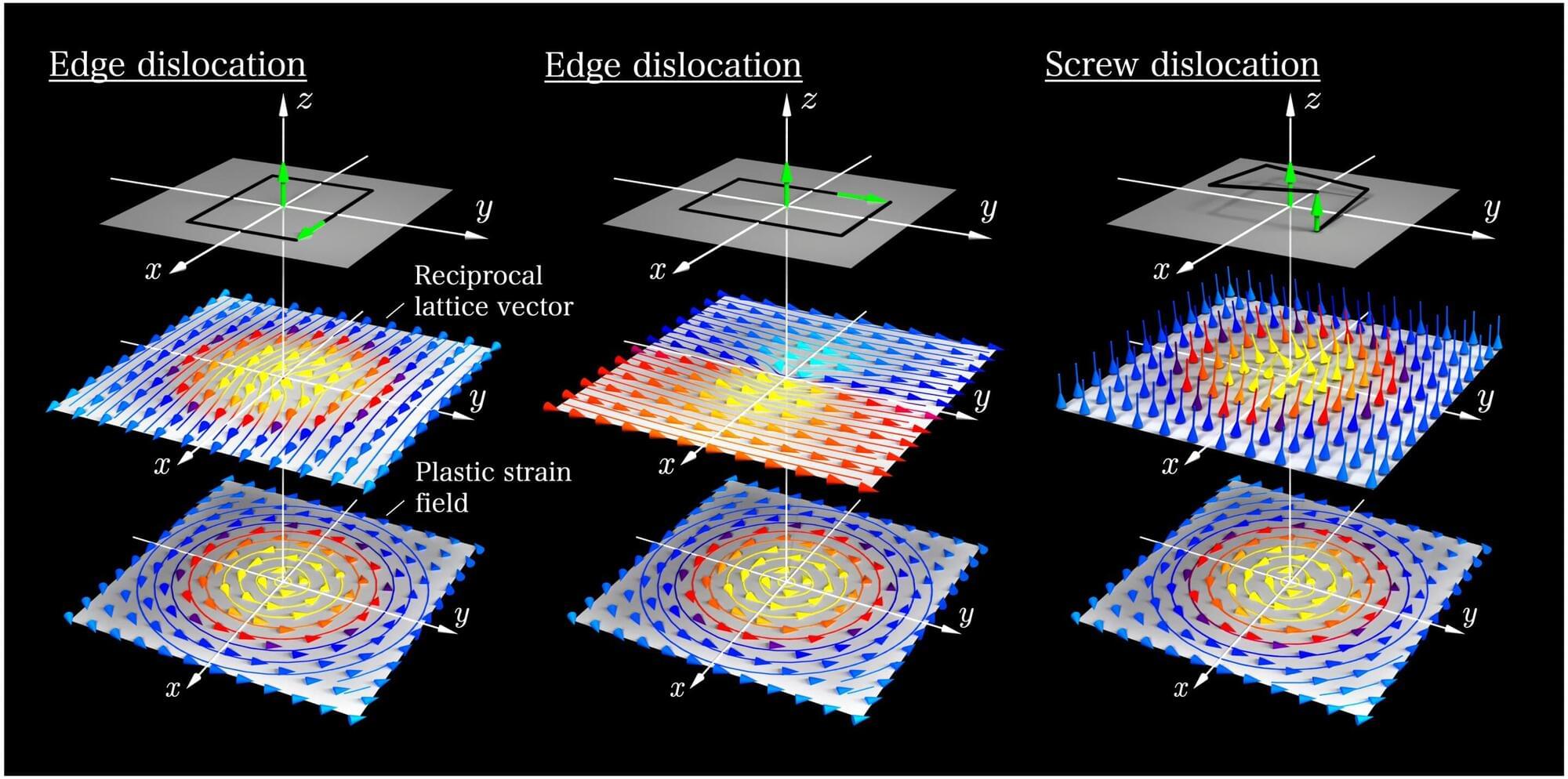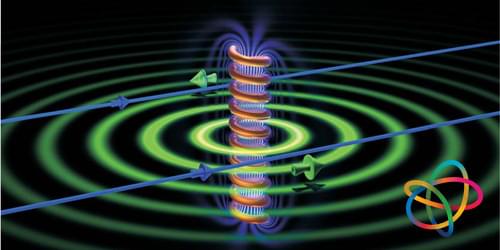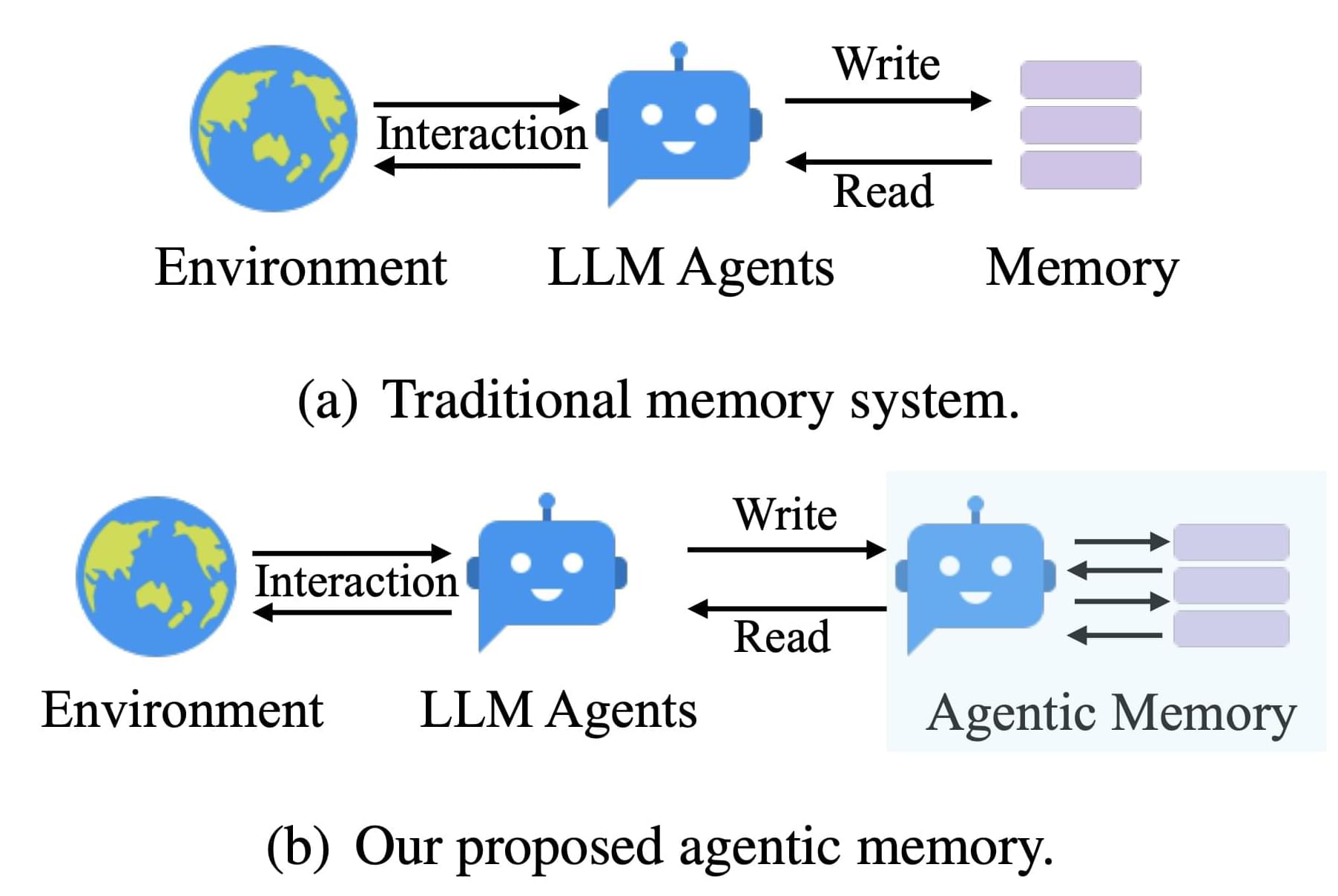Get MagellanTV here: https://try.magellantv.com/arvinash and get an exclusive offer for our viewers: an extended, month-long trial, FREE. MagellanTV has the largest and best collection of Science content anywhere, including Space, Physics, Technology, Nature, Mind and Body, and a growing collection of 4K. This new streaming service has 3,000 great documentaries. Check out our personal recommendation and MagellanTV’s exclusive playlists: https://www.magellantv.com/genres/sci…
Link to book on Amazon: http://t.ly/sMJW
QHT Paper: https://arxiv.org/pdf/2008.09356.pdf.
Non-technical Explanation: https://jespergrimstrup.org/research/.… 0:00 — Does reductionism end? 2:24 — Why there probably is a final theory 7:00 — Quantum Holonomy theory 12:53 — Surprising implications of QHT Does a final theory exist that can end our reductionist probing into ever shorter distances? Or is there no end to reductionism? There should be an end point because as the object of our measurement gets small enough, the high energies needed to measure it will create a black hole. And no information can get out of a black hole. So there is a limit to measurable reality. We have united seemingly dissimilar forces in the past. For example, the unification of electricity and magnetism, and weak and electromagnetic forces. To continue this reductionism, we want a theory that unifies all known forces. Today we have two overarching theories for forces: Einstein’s Theory of General relativity for gravity, and The standard model for the electromagnetic, weak and strong force. The problem is that the standard model is a quantum field theory, but general relativity is a classical field theory. The two are not compatible. Past attempts for a theory of everything include string theory and loop quantum gravity. But string theory does not produce any falsifiable results. Its mathematics is too flexible. Loop quantum gravity only addresses gravity and not the other forces. Quantum Holonomy Theory or QHT was pioneered by two Danish scientists, physicist Jesper Grimstrup and mathematician Johannes Aastrup. It begins by asking question, how can a theory be immune to further scientific reductions, so that reductionism ends? The presumptive idea is that the simplest way to describe the universe is objects moving around in three dimensional space. The theory is based on the mathematics of empty 3-dimensional space, just space, not even time. So the starting point of QHT is the mathematics of moving stuff around. There are an infinite many ways you can move an arbitrary object between points in space. Any one of these combination of movements from point A to point B, is called a recipe. A recipe for a combination of movements in physics is called a gauge field. A gauge field is the recipe of how to move one particle from point A to point B. Gauge fields are what makes up the forces in the standard model. Since they are recipes of moving things around in space, they represent how things interact with each other, or how forces work. The sum of all mathematical recipes is called the “Configuration space” of these recipes. The key insight in QHT is that the this space has a geometry and stores a lot of information. Geometry means that two different recipes for moving stuff around can be said have a relationship between each other. This is complicated but can be proven mathematically. Grimstrup and Aastrup found is that this geometry results in mathematics that looks almost identical to the mathematics that we already know from quantum field theory – this includes the mathematics of the Standard model. From the geometry you can obtain a a Bott-Dirac operator. The square of this operator gives us the Hamiltonian for both matter particles and force carrying particles. The Hamiltonian represents the formula for all the energy in a system. #QHT #Theoryofeverything Once you have a description of the energies of all the matter and forces in the universe, that’s all you need to need to understand how matter interacts in the universe, and is essentially everything we would need to describe the universe, once all the math is worked out. By simply considering the movements of objects in empty space, all this rich mathematics that appears to resemble the known mathematics of the universe comes out. If QHT is correct, then here are the implications: 1) The universe is quantum because the only way you can describe things moving in empty space is via quantization. 2) Gravity is not quantized, so there is no theory of quantum gravity. 3) No singularities can exist 4) There is no infinite curvature of space-time inside black holes 5) The universe could not have come from nothing, but from a prior universe — a Big Bounce! Become a patron: https://www.patreon.com/bePatron?u=17…
0:00 — Does reductionism end?
2:24 — Why there probably is a final theory.
7:00 — Quantum Holonomy theory.
12:53 — Surprising implications of QHT
Does a final theory exist that can end our reductionist probing into ever shorter distances? Or is there no end to reductionism? There should be an end point because as the object of our measurement gets small enough, the high energies needed to measure it will create a black hole. And no information can get out of a black hole. So there is a limit to measurable reality.
We have united seemingly dissimilar forces in the past. For example, the unification of electricity and magnetism, and weak and electromagnetic forces. To continue this reductionism, we want a theory that unifies all known forces. Today we have two overarching theories for forces: Einstein’s Theory of General relativity for gravity, and The standard model for the electromagnetic, weak and strong force.
The problem is that the standard model is a quantum field theory, but general relativity is a classical field theory. The two are not compatible.
Past attempts for a theory of everything include string theory and loop quantum gravity. But string theory does not produce any falsifiable results. Its mathematics is too flexible. Loop quantum gravity only addresses gravity and not the other forces.
Quantum Holonomy Theory or QHT was pioneered by two Danish scientists, physicist Jesper Grimstrup and mathematician Johannes Aastrup. It begins by asking question, how can a theory be immune to further scientific reductions, so that reductionism ends?





